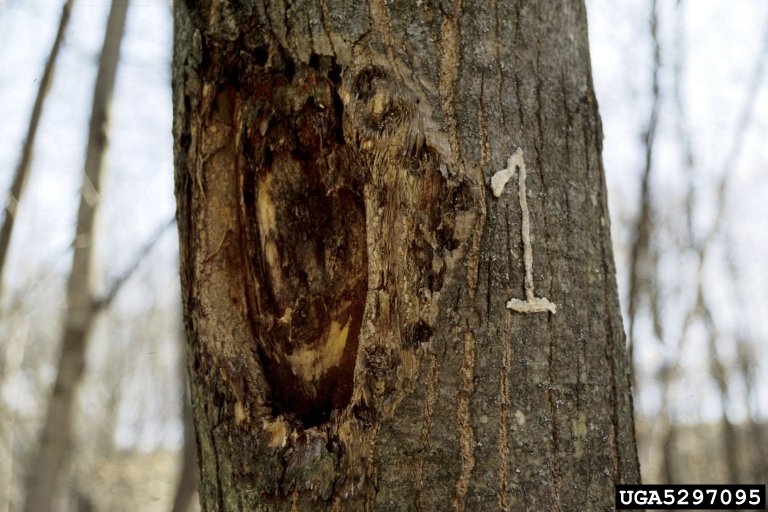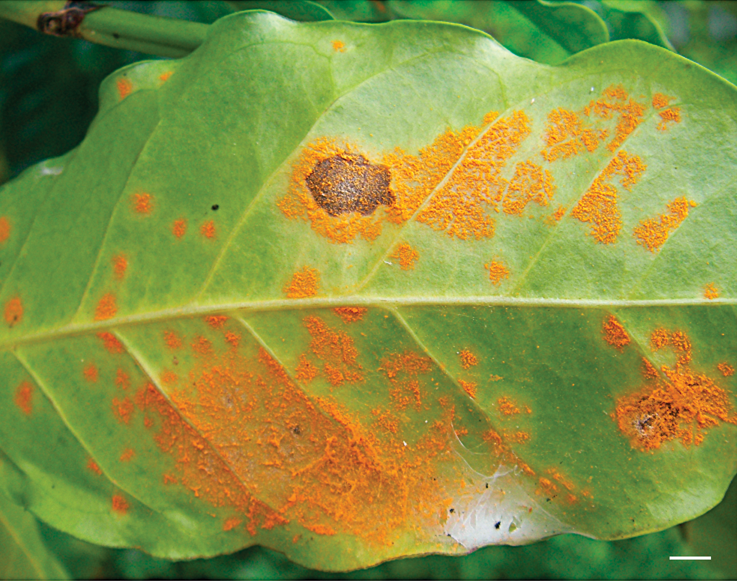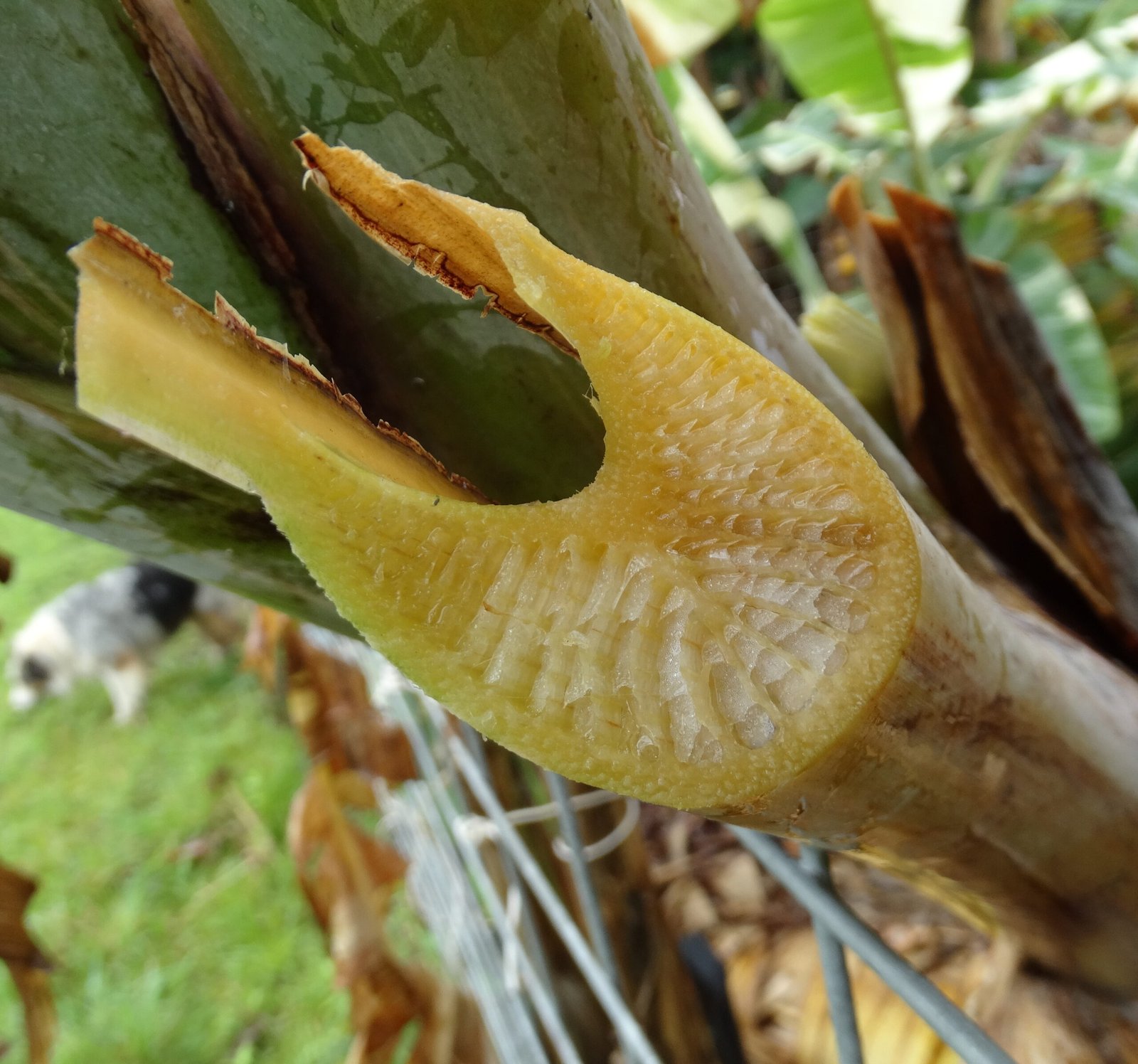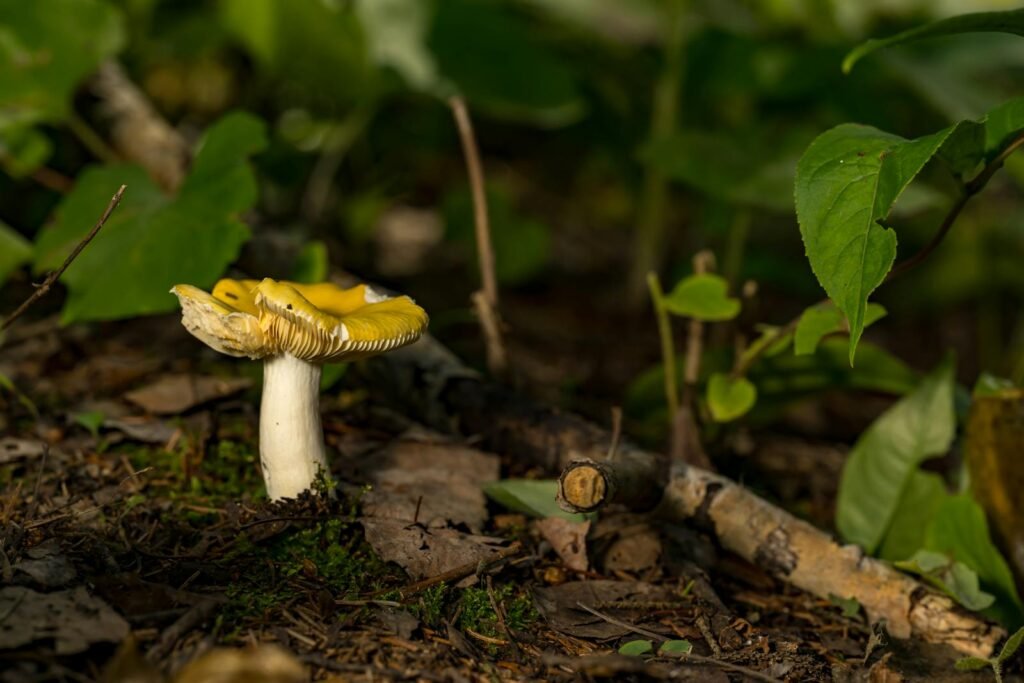Imagine a world where a tiny organism could alter the course of human history. This isn’t a plot from a science fiction novel—it’s the reality of plant pathogens. These microscopic enemies have been the unseen architects of human destiny, shaping civilizations, economies, and societies. From the infamous Irish Potato Famine to the devastation of American chestnut trees, plant diseases have left an indelible mark on our past. But how did these pathogens wield such power? What secrets do they hold that could either save or doom us? Dive into the fascinating world of plant pathogens and discover how these minute villains have changed the course of history.
The Irish Potato Famine: A Tale of Tragedy
In the mid-19th century, Ireland faced a catastrophe that would forever change its landscape and population. The culprit? A seemingly innocuous pathogen known as Phytophthora infestans. This water mold caused the potato blight, a disease that decimated crops across the nation. Potatoes were a staple food for the Irish, and the blight led to widespread famine and death. Over a million people perished, and countless more emigrated in search of a better life. The Irish Potato Famine is a stark reminder of how a single pathogen can reshape a country’s demographic and cultural fabric. What might have happened if this blight had never occurred? Would Ireland’s history be different today?
The American Chestnut Blight: Nature’s Silent Assassin

Once upon a time, the American chestnut tree dominated the eastern forests of the United States. It was a towering giant, providing food and shelter to countless species. But in the early 20th century, a silent killer arrived on American shores: the chestnut blight fungus, Cryphonectria parasitica. Within decades, this pathogen wiped out nearly all American chestnut trees, altering ecosystems and economies. The loss of these trees had a ripple effect, impacting wildlife, timber industries, and local communities. The American chestnut blight serves as a cautionary tale of how an introduced pathogen can decimate native species and change landscapes forever.
Coffee Rust: Brewing Trouble in the Tropics

For coffee lovers, the thought of a world without their favorite brew is unimaginable. Yet, the coffee rust disease, caused by the fungus Hemileia vastatrix, has threatened coffee production in tropical regions for decades. This pathogen attacks the leaves of coffee plants, reducing yield and quality. Countries like Brazil, Colombia, and Ethiopia have felt the economic impact of this disease, affecting farmers’ livelihoods and global coffee markets. Coffee rust is a vivid example of how plant pathogens can influence global trade and consumer habits. Could there be a future where coffee becomes a rare luxury due to this persistent blight?
Wheat Rust: The Global Grain Menace

Wheat is one of the world’s most important crops, feeding billions of people. Yet, it faces a formidable foe in the form of wheat rust, a disease caused by several fungi, including Puccinia graminis. Wheat rust can devastate entire fields, leading to significant losses in yield and threatening food security. Scientists have been battling this pathogen for decades, developing resistant wheat varieties and monitoring its spread. The fight against wheat rust highlights the ongoing battle between humans and plant pathogens, a struggle that requires constant vigilance and innovation. Will we ever achieve a lasting victory against this elusive enemy?
The Panama Disease: A Banana’s Worst Nightmare

Bananas are a beloved fruit worldwide, but they face a dire threat from the Panama disease, caused by the soil-borne fungus Fusarium oxysporum f. sp. cubense. This pathogen has wiped out entire banana plantations, particularly targeting the popular Cavendish variety. The impact of Panama disease extends beyond agriculture, affecting economies and the livelihoods of millions of people in banana-producing regions. Efforts to combat this disease include developing resistant banana varieties and implementing sustainable farming practices. The Panama disease serves as a stark reminder of the vulnerability of monoculture crops to plant pathogens. Could a more diverse agricultural approach be the key to resilience?
The Grapevine Plague: Phylloxera’s Reign of Terror
For wine enthusiasts, the thought of a vineyard without grapes is a nightmare. Yet, in the late 19th century, the phylloxera aphid threatened to make this a reality. This tiny insect, native to North America, devastated European vineyards, particularly in France. The phylloxera epidemic led to the collapse of the wine industry, forcing winemakers to seek solutions. Grafting European grapevines onto resistant American rootstocks proved to be the answer, saving the industry from ruin. The phylloxera crisis underscores the importance of biodiversity and resilience in agriculture. What lessons can we learn from this historical blight to protect future crops?
Citrus Greening: A Sour Challenge
Citrus fruits, from oranges to lemons, are a staple in diets worldwide. However, the citrus greening disease, caused by the bacterium Candidatus Liberibacter, poses a significant threat to these beloved fruits. This pathogen spreads through the Asian citrus psyllid, leading to misshapen, bitter fruits and tree decline. Citrus greening has devastated orchards in Florida and other citrus-producing regions, impacting economies and consumer markets. Combating this disease requires a multifaceted approach, including biological control, genetic research, and sustainable farming practices. The battle against citrus greening highlights the need for innovation and collaboration in the face of plant pathogens. Can we find a solution before it’s too late?
The Soybean Cyst Nematode: A Hidden Threat
Soybeans are a crucial crop for food and industry, but they face a hidden adversary: the soybean cyst nematode (SCN). This microscopic roundworm attacks soybean roots, reducing yield and quality. SCN is one of the most economically damaging pests for soybean farmers, leading to significant losses annually. Efforts to manage SCN include crop rotation, resistant varieties, and soil health practices. The soybean cyst nematode exemplifies the challenges of managing plant pathogens that are not always visible but have profound impacts. How can we better equip farmers to detect and combat such insidious threats?
The Dutch Elm Disease: An Urban Catastrophe

Elm trees once lined the streets of many cities, providing shade and beauty. However, the Dutch elm disease, caused by the fungus Ophiostoma ulmi, changed that landscape forever. This pathogen, spread by bark beetles, led to the death of millions of elm trees across Europe and North America. The loss of these trees had significant ecological and aesthetic impacts, transforming urban environments. The Dutch elm disease is a poignant reminder of the interconnectedness of ecosystems and human spaces. How can we create urban landscapes that are resilient to such devastating plant pathogens?
Lessons from the Past: A Pathogen’s Legacy
Throughout history, plant pathogens have been both destroyers and teachers. They have shown us the fragility of our agricultural systems and the importance of biodiversity. From the Irish Potato Famine to the ongoing battle against citrus greening, these microscopic foes have shaped human history in profound ways. As we look to the future, it is crucial to learn from past blights to build resilient, sustainable agricultural practices. What strategies will we need to protect our crops and ensure food security for generations to come?



